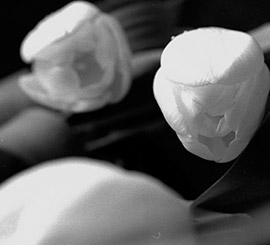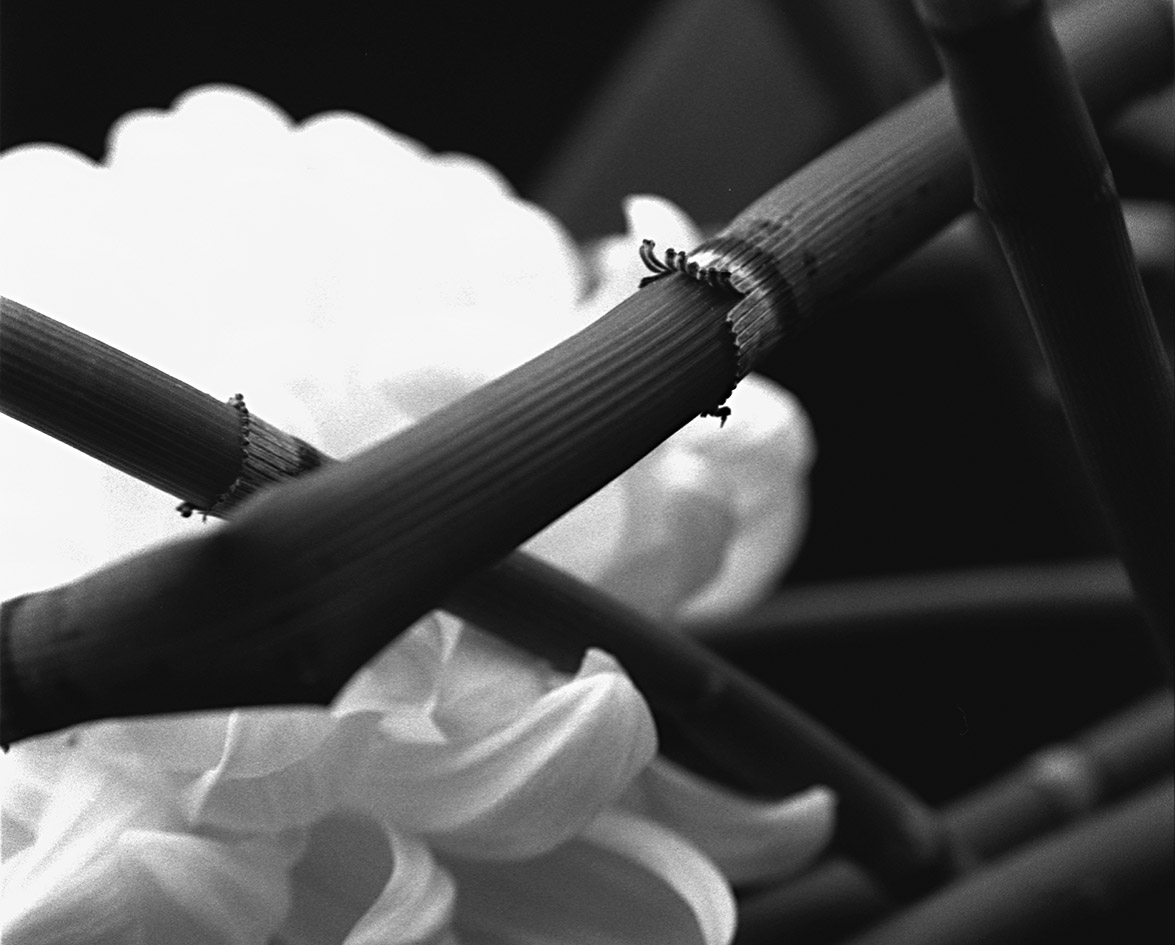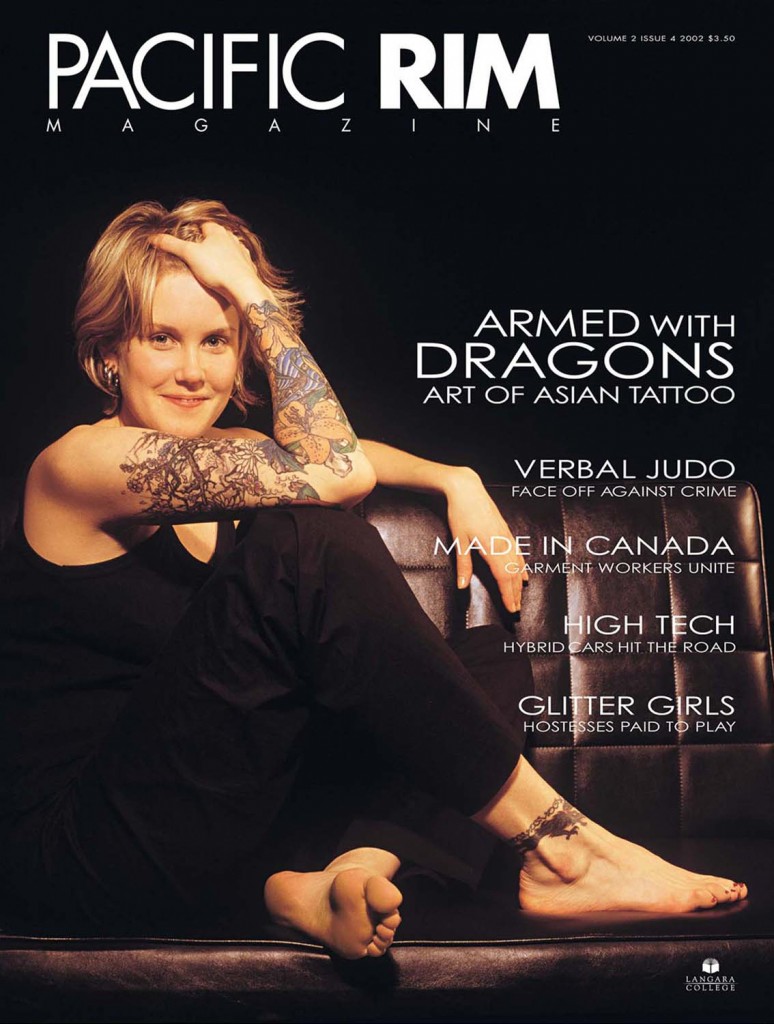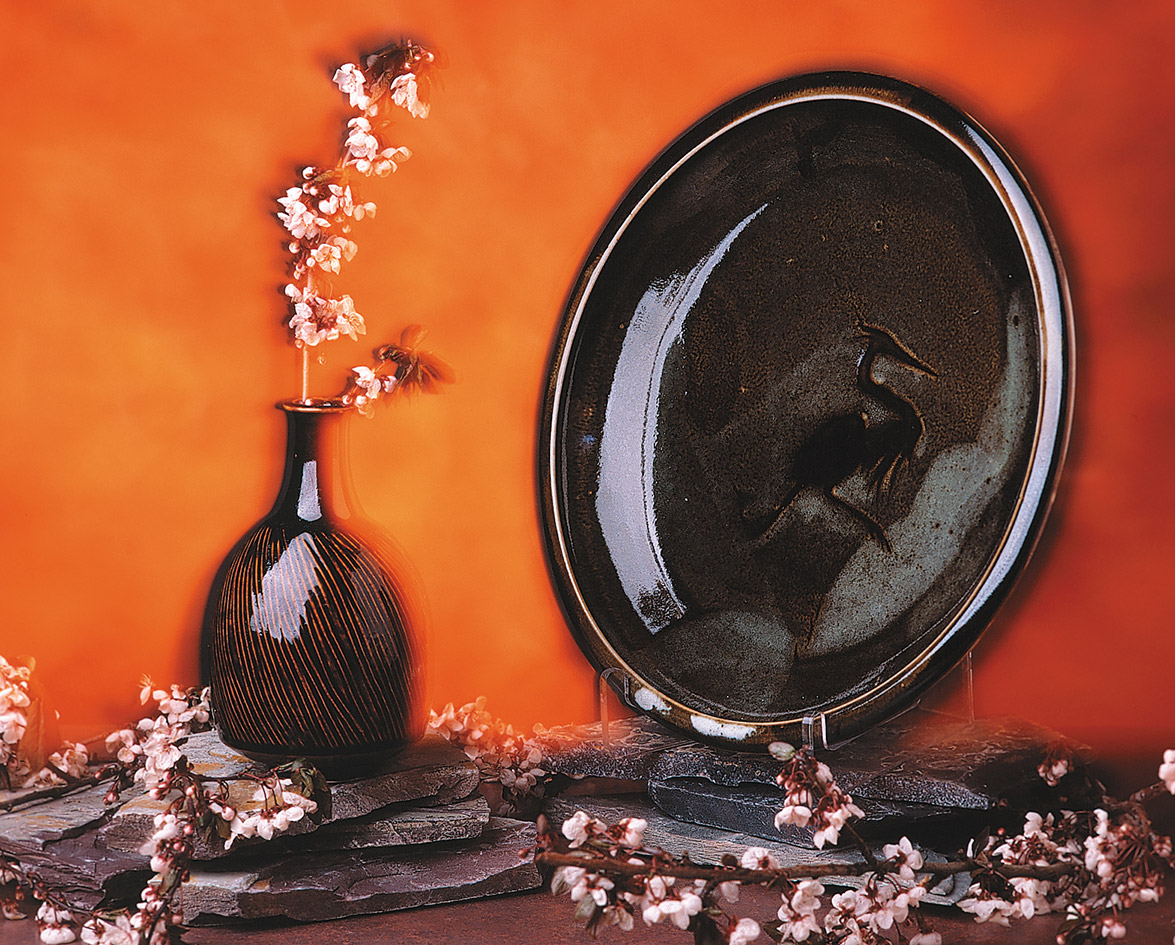Not all flowers are gentle, beautiful, or transient; they are also stubborn, sturdy, and grotesque. The Japanese art of Ikebana was developed to harness the wild forms of nature. Over 1,500 years ago Buddhist monks began to make flower offerings to their temples. Gradually, the aristocratic and warrior classes began to practice Ikebana as a secular art.
Between campaigns, Samurai made ceiling-high arrangements that required great strength to construct. Many traditional Japanese homes have an alcove, or tokonomo, to display Ikebana, scrolls and incense. Ikebana is also known as the Japanese woman’s tranquilizer because of its calming effect.
Growing Number Of Ikebana Schools
Today there are more than 2,000 Ikebana schools around the globe. Sofu Teshigahara, the man credited with turning Ikebana into a contemporary art form, founded the Sogetsu School of Ikebana in 1927. Unlike classical schools, Ikebana Sogetsu encourages experimentation, with an emphasis on individual creativity.
One reason the Sogetsu School has been so successful, according to Vancouver School Board teacher Elaine Harman, is that “they advance you quite quickly to free expression. You might have to study the classical school for years before you would be able to express yourself through freestyle. But in Sogetsu, after 40 lessons you are into the freestyle curriculum.” Harman believes that Sogetsu Ikebana appeals to a contemporary, fast-paced mentality.

Topics Of Study
When students begin to study Ikebana, they learn that the basic structure of an arrangement relies on an asymmetrical triangle indicated by the ends of three lines of varying lengths. Hollis Ho, a home-based floral designer in Vancouver, explains that when she began Ikebana, it wasn’t what she had expected. “I thought that I would take these lessons, 10 lessons and then that’s it; I’ll know everything . . . I didn’t realize at the time that it’s an art form and a lifelong discipline. I’ve been studying for 13 years now and I still feel I’ve got a lot to learn.”
In all schools of Ikebana, there is a deep respect for the plant material. For example, in the Sogetsu School, if a flower with a long stem needs to be cut for an arrangement, it is common to apologize to the flower for cutting it.
It is recommended that serious Ikebana students study at least one other art form. Many study ceramics in order to make containers for their Ikebana arrangements. The container is an integral part of the composition and, in some cases, the primary focus. Containers can be wide low bowls, tall thin cylinders, pyramidal, or even made of two separate parts.
Ikebana On The West Coast
Ikebana is growing in popularity in Vancouver. Requests for Ikebana arrangements and enrolment in floral design classes are on the rise. The fact that so few materials are required makes Ikebana an affordable art medium. Just three flowers or pieces of greenery can make a beautiful arrangement.











